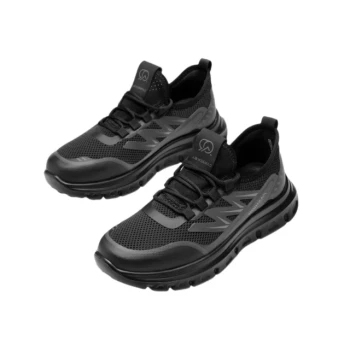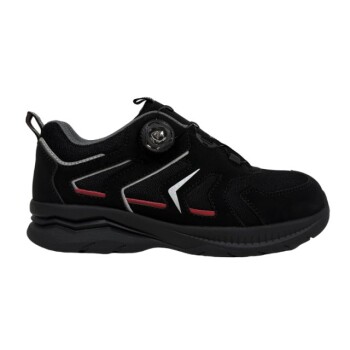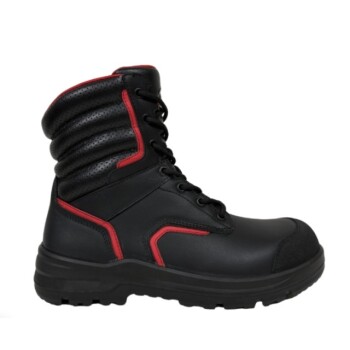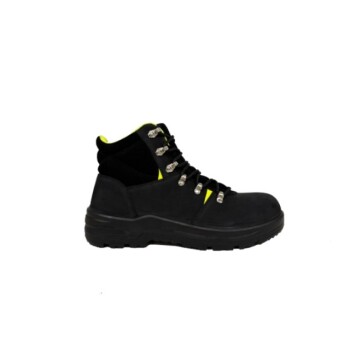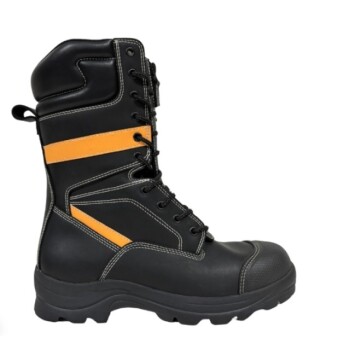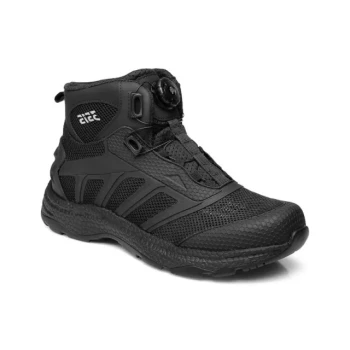Simply put, durable sustainable shoes benefit the environment by lasting longer. This increased lifespan directly reduces the need to buy replacements, which in turn cuts down on both the waste sent to landfills and the resource consumption required to manufacture new pairs of shoes.
The core environmental advantage of durability isn't just about better materials; it's about fundamentally changing consumption patterns from a disposable "fast fashion" model to a more conscious "buy less, buy better" approach.
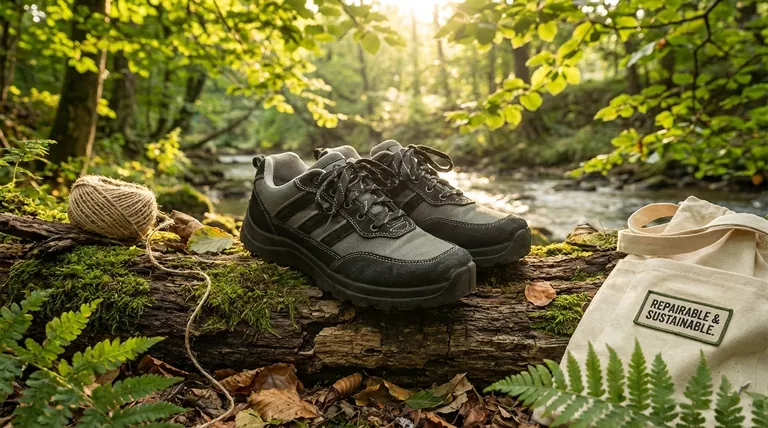
The Vicious Cycle of Disposable Footwear
The modern footwear industry often thrives on a model of rapid consumption and disposal. Understanding this cycle highlights why durability is so critical for sustainability.
The Problem of Frequent Replacement
Most conventional shoes are not built for longevity. This is often an intentional design choice to encourage more frequent purchasing.
This leads to a high turnover rate, where shoes are worn for a relatively short period before being discarded, often ending up in landfills.
The Landfill Burden
The vast majority of discarded shoes do not biodegrade quickly. Materials like synthetic rubber, plastics, and foams can persist in landfills for hundreds of years.
Each pair of shoes thrown away contributes to this growing waste problem, leaching chemicals into the soil and taking up valuable space.
The Drain on Natural Resources
Manufacturing a new pair of shoes is an resource-intensive process. It requires significant amounts of water, energy, and raw materials.
When you replace shoes frequently, you are constantly tapping into these resources, compounding the environmental footprint with every new purchase.
How Durability Breaks the Cycle
Sustainable, durable footwear directly counteracts the "fast fashion" model by extending the life of the product and reducing the overall environmental impact over time.
Reducing Waste Generation
The most direct benefit is simple: a shoe that lasts twice as long cuts your footwear waste in half.
By extending the time between purchasing a new pair and discarding an old one, you significantly reduce the volume of shoes you contribute to landfills over your lifetime.
Conserving Resources and Energy
Fewer shoes purchased means fewer shoes need to be manufactured. This is a crucial point.
This reduction in demand directly translates to less water usage, lower energy consumption from factories, and a decreased need for raw material extraction. The environmental savings happen upstream, before the shoe is even made.
Shifting Consumer Mindset
Durable goods encourage a shift in perspective. Instead of viewing footwear as a disposable commodity, consumers begin to see it as a long-term investment.
This mindset fosters a greater appreciation for craftsmanship and quality, which are core tenets of a more sustainable economy.
Understanding the Trade-offs
While durability is a key pillar of sustainability, it's important to view it as part of a larger picture. Not all "durable" shoes are inherently "sustainable."
Material Sourcing is Still Critical
A shoe can be incredibly durable but made from virgin, petroleum-based plastics. While it may last a long time, its initial production footprint is high and its end-of-life options are limited.
True sustainability pairs durability with responsibly sourced, recycled, or natural materials to minimize impact at every stage.
The Repairability Factor
Durability is greatly enhanced by repairability. A sustainable shoe should ideally be designed so that worn-out parts, like the sole, can be replaced.
A shoe that is built to last but cannot be repaired may still face premature disposal if a single component fails.
Making the Right Choice for Your Goal
When selecting footwear, balancing durability with other sustainable factors will maximize your positive environmental impact.
- If your primary focus is reducing waste: Prioritize shoes made from high-quality, long-lasting materials that are well-constructed and have positive user reviews for longevity.
- If your primary focus is minimizing resource consumption: Look for durable shoes made from recycled or low-impact natural materials like cork, hemp, or recycled rubber.
- If your primary focus is a fully circular approach: Choose durable shoes from brands that offer repair programs or end-of-life take-back recycling options.
Choosing a durable shoe is one of the most effective ways to lower your personal environmental footprint.
Summary Table:
| Benefit of Durability | Environmental Impact |
|---|---|
| Longer Lifespan | Reduces the frequency of shoe purchases and disposal. |
| Less Landfill Waste | Cuts down on non-biodegradable materials like synthetic rubber and plastics. |
| Resource Conservation | Saves water, energy, and raw materials by lowering manufacturing demand. |
| Mindset Shift | Encourages a 'buy less, buy better' approach over disposable consumption. |
Ready to source durable, sustainable footwear that benefits both your business and the planet?
As a large-scale manufacturer, 3515 produces a comprehensive range of long-lasting footwear for distributors, brand owners, and bulk clients. Our production capabilities encompass all types of sustainable shoes and boots designed for durability, helping you meet the growing demand for quality and reduce environmental impact.
Contact us today to discuss your manufacturing needs and build a more sustainable product line.
Visual Guide
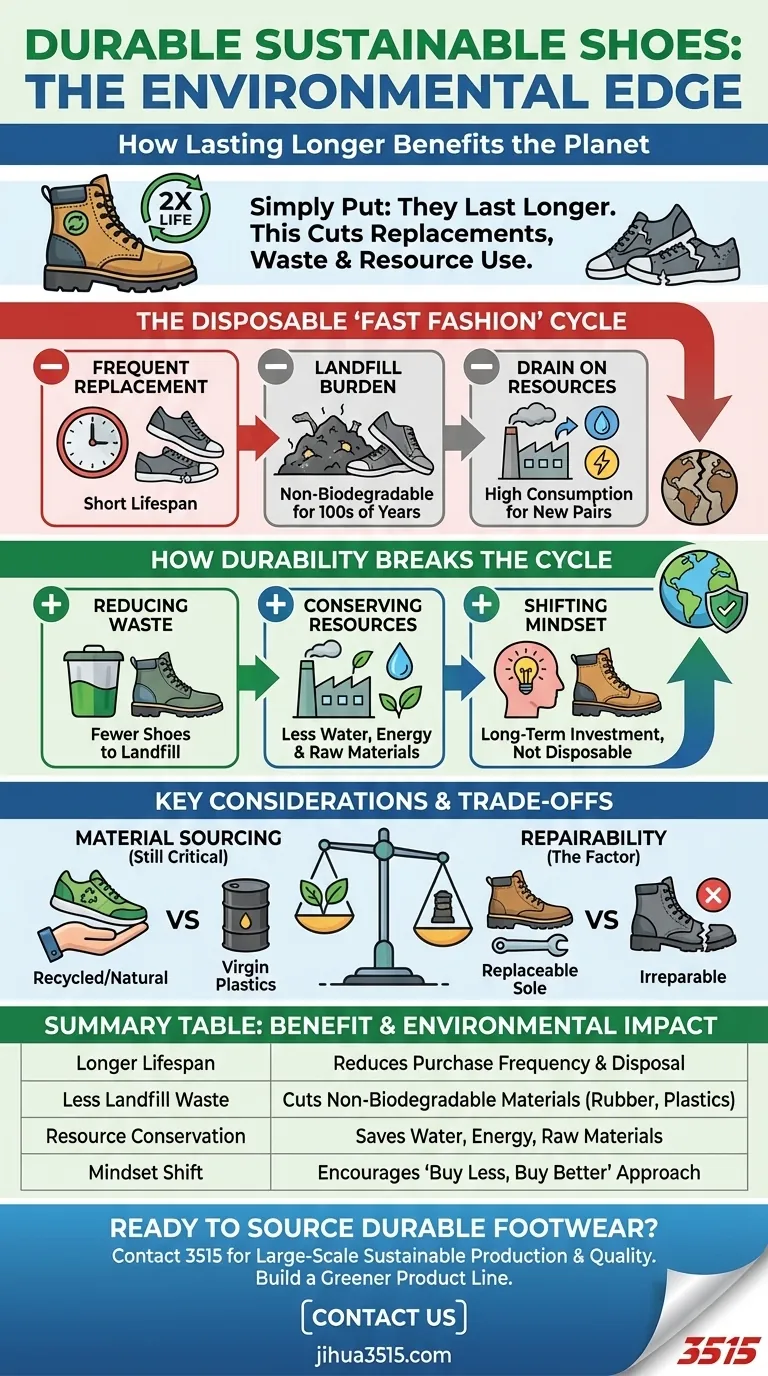
Related Products
- Durable Rubber-Soled Utility Shoes for Wholesale & Custom Brand Manufacturing
- Safety Footwear Wholesale Manufacturer for Custom OEM/ODM Production
- Wholesale Comfortable Business Casual Shoes Custom Manufacturing
- Wholesale Lightweight Cushioned Athletic Sneakers for Custom Bulk Production
- Wholesale Smart Casual Sneakers with Dial Closure | Factory Direct Manufacturing
People Also Ask
- What are rubber soled shoes? The Ultimate Guide to Durable, All-Weather Footwear
- What makes natural rubber provide excellent traction and grip? Unlocking Superior Performance with Molecular Science
- Why should we wear rubber soled shoes? Unlock Superior Safety and Durability
- What are the benefits of rubber work shoes? Unbeatable Protection for Wet & Demanding Jobs
- What are the disadvantages of leather shoe soles? Key Limitations in Traction & Durability



